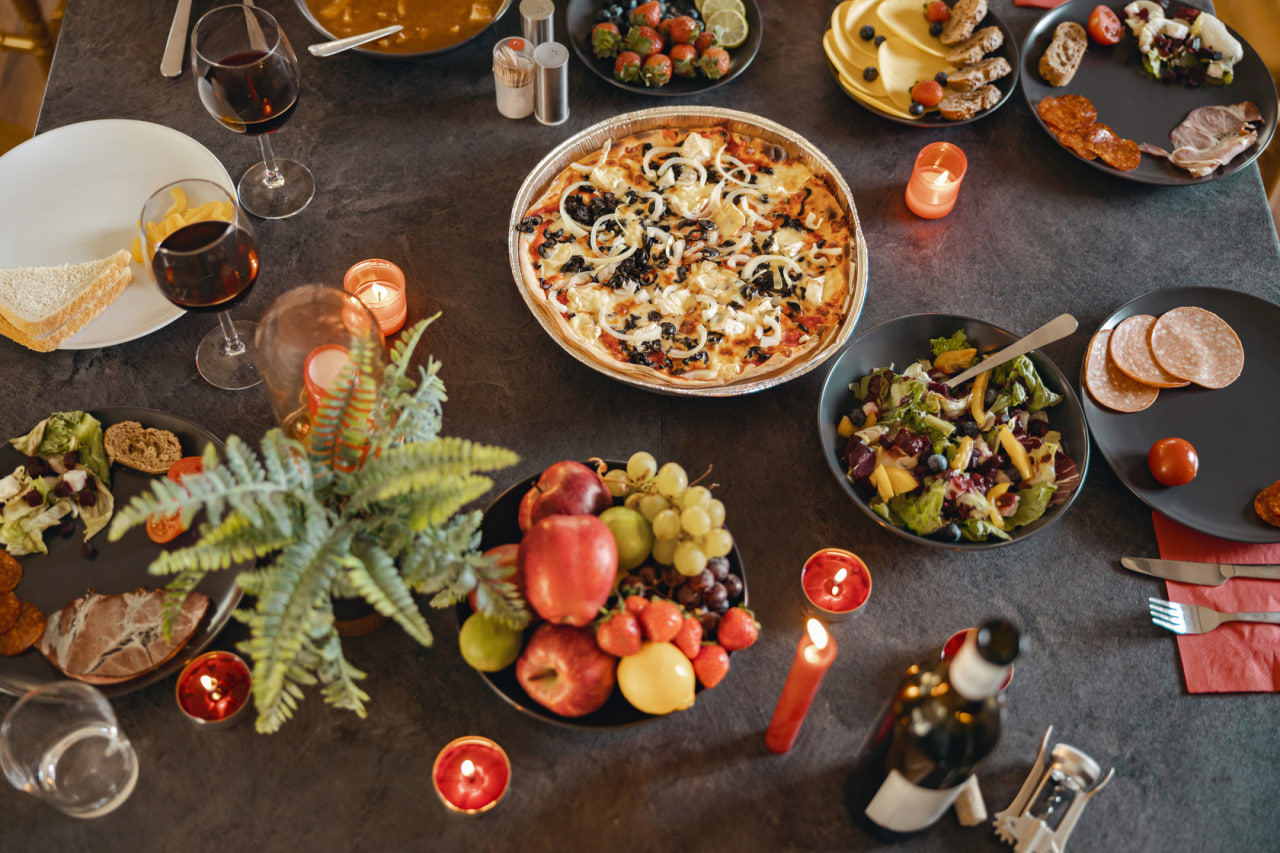Call us now:

The Richness of Italian Regional Cuisine
Italy’s culinary landscape is incredibly diverse, shaped by geography, history, and local culture. Each region offers unique flavors, ingredients, and cooking techniques that reflect its environment and traditions. From the sun-drenched islands of Sicily to the rolling hills of Tuscany, regional cuisine tells the story of Italy’s rich heritage and culinary creativity. Understanding these differences is essential for anyone seeking to master Italian cooking.
Regional Italian cuisine emphasizes seasonality and locally sourced ingredients. Coastal areas feature seafood prominently, while inland regions rely more on meats, grains, and vegetables. Herbs and spices vary, giving each dish distinct flavors. Exploring these regional differences allows cooks to appreciate the depth and variety of Italian food, moving beyond stereotypical dishes to discover authentic local specialties.
Sicilian Cuisine: Bold Flavors and Mediterranean Influences
Sicilian cuisine reflects its history of cultural exchange, with influences from Greek, Arab, and Spanish traditions. The island is known for bold flavors, vibrant colors, and a balance of sweet and savory elements. Citrus fruits, almonds, olives, and capers feature prominently in many dishes.
Signature Sicilian dishes include arancini, stuffed rice balls with various fillings, and caponata, a sweet-and-sour eggplant stew. Seafood is also central, with swordfish, sardines, and fresh shellfish appearing in both simple grilled preparations and elaborate recipes. Sicilian desserts, such as cannoli and cassata, showcase the island’s love for sweet, rich flavors and intricate presentation.
Neapolitan and Campanian Traditions
In the southern mainland, particularly Naples and the Campania region, the cuisine is famous for pizza, fresh pasta, and robust tomato-based sauces. Naples is considered the birthplace of pizza, with the classic Margherita featuring fresh mozzarella, tomatoes, and basil. Pasta dishes such as spaghetti alle vongole, combining clams with garlic and olive oil, exemplify the region’s reliance on fresh, high-quality ingredients.
Campanian cuisine also emphasizes cheeses like buffalo mozzarella and Pecorino, as well as olive oil from local groves. The region’s culinary philosophy focuses on simple, flavorful dishes that celebrate each ingredient’s natural taste.
Roman and Lazio Cuisine: Tradition Meets Simplicity
Central Italy, particularly the Lazio region and Rome, features hearty, rustic dishes. Roman cuisine is known for pasta dishes such as carbonara, cacio e pepe, and amatriciana. These recipes use few ingredients but rely on technique to achieve balanced flavors.
Lazio also produces high-quality cured meats, including guanciale and prosciutto, which add depth to both pasta and antipasti. Artisanal cheeses, fresh vegetables, and olive oil further define the region’s culinary identity. The emphasis here is on simplicity, allowing high-quality ingredients to shine without unnecessary complexity.
Tuscan Cuisine: Rustic Flavors and Farm-to-Table Principles
Tuscany is renowned for its rustic, earthy cuisine, rooted in farm-to-table traditions. Olive oil, beans, legumes, and hearty breads form the backbone of Tuscan dishes. The region’s simplicity highlights the natural flavors of fresh ingredients, with slow-cooked meats, stews, and roasted vegetables taking center stage.
Iconic dishes include ribollita, a thick vegetable and bread soup, and bistecca alla fiorentina, a large, expertly grilled T-bone steak. Tuscan cuisine also features wines such as Chianti, which complement meals and highlight regional terroir. This culinary approach emphasizes balance, seasonal ingredients, and respect for local farming traditions.
Northern Italian Cuisine: From Veneto to Lombardy
Northern Italy presents a different culinary profile, shaped by alpine and continental influences. Butter and cream are more common than olive oil, and rice and polenta frequently replace pasta as staple carbohydrates. Cheese varieties like Parmigiano-Reggiano, Gorgonzola, and Taleggio are widely used to enrich dishes.
Regions such as Veneto, Lombardy, and Piedmont are known for risottos, hearty stews, and rich desserts. Dishes like risotto alla milanese, flavored with saffron, and bollito misto, a boiled meat platter, exemplify the richness of northern cuisine. The climate and geography influence both ingredients and preparation methods, resulting in robust flavors and comforting textures.
The Role of Ingredients and Local Products
A key feature of Italian regional cuisine is its reliance on local, high-quality ingredients. Fresh seafood, vegetables, meats, and cheeses vary depending on proximity to the sea, mountains, or fertile plains. Herbs such as basil, rosemary, and sage are used differently in each region, contributing to distinctive flavors.
Farmers’ markets, local producers, and artisanal products are central to authentic Italian cooking. Regional specialties often celebrate heritage and local identity, making ingredients as important as recipes themselves. Learning to source and use local products is essential for recreating authentic regional dishes.
Regional Variations and Cooking Techniques
Italian cooking techniques vary by region to suit local ingredients. Southern regions often use olive oil and grilling, while northern areas prefer braising, roasting, and butter-based sauces. Pasta shapes differ regionally, designed to hold specific sauces or complement local dishes. Similarly, breads, desserts, and cheese-making traditions reflect local resources and culinary culture.
Understanding these regional distinctions allows cooks to reproduce authentic flavors and appreciate the cultural significance behind each dish. Combining techniques, ingredients, and traditional knowledge creates a comprehensive approach to Italian cuisine.
Culinary Exploration and Creativity
Exploring Italy’s regional cuisine offers endless inspiration for cooks of all levels. By learning the unique flavors, ingredients, and methods of each region, you gain the skills to recreate classic dishes and innovate with your own interpretations. Travel, research, and hands-on practice enhance understanding and appreciation of Italy’s rich culinary diversity.
